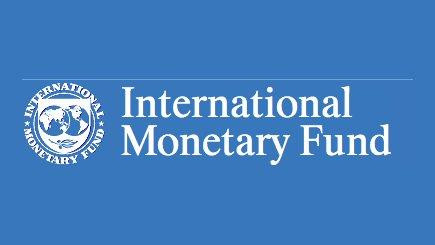Any country that has not been sanctioned by the United States is insignificant in the scheme of things. But as the US has sanctioned so many countries, hasn’t it sanctioned itself too? Much scholarly research has gone into and consensus is building the US is choking itself by using sanctions as a cornerstone of its statecraft.
According to Joy Gordon (Sanctions as Siege Warfare, 1994) “Two-thirds of the 104 sanctions that were imposed worldwide from 1945 to 1990 were unilateral US actions. Since 1990, sanctions have been significantly increased and since 1998, the US has imposed economic sanctions on more than 20 countries.”
The US ostensibly imposes sanctions on any country which it deems a threat to its own security or which treats its own people unfairly. Zimbabwe happens to be guilty of both, according to the Americans. All the other countries sanctioned by the US fall into either of the categories and often into both.
In doing so America hopes “to impose significant costs to the target country to coerce a change in policy or attain a specific action from the target government”.
Zimbabwe is deemed a continued threat to the interests of the United States due to its closeness to China and Russia, the two major rivals to America’s world dominance. And, since the land reform programme, the US has defined the country as a violator of human rights.
When the populations of the Russia-led Eurasian bloc (184 million people) and China (I,4 billion people) are aggregated with those of the rest of the sanctioned countries, it becomes clear that way above 50% of the world population is under US sanctions. America’s population (332 million) and that of its European Union allies (447) and that of the UK (60 million) and Canada (38 million) are much smaller than that of sanctioned countries.
Keep Reading
- Lukaku becomes the most expensive player ever
- Lukaku becomes the most expensive player ever
- Ukraine's Zelenskiy warns Europeans to brace for bleak winter
- Ben Stiller and Sean Penn latest Americans banned from Russia
The US has effectively closed itself out of more than half the world’s business. According to research, since 1993, the US has imposed more than 40 economic sanctions on 36 countries. The sanctions are estimated to have cost US exporters US$15 billion to US$19 billion a year in overseas sales, and have damaged their reputation as reliable suppliers. Another research has shown that trade sanctions have been a foreign policy failure; the sanctions have achieved their goals in fewer than 20% of cases.
In Zimbabwe, sanctions, imposed in 2001 through the Zimbabwe Democracy and Economic Recovery Act, were meant to bring about regime change, but two decades later the targeted government is still in control and it seems it will be in power for a while yet despite the suffering that the sanctions have visited upon the poor. And, American companies which would otherwise have invested in the resource-rich country have watched while opportunities fade away. Around the world, sanctions have exposed the US’s insecurities rather than its strength. It has emerged as a giant with the feet of clay.





